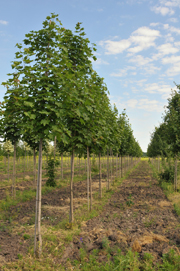Lesson 3: Understanding Logarithms
Focus

iStockphoto/Thinkstock
In the early 1600s, John Napier published a way to reduce the tedious process of multiplying large numbers to the easier process of addition. His process involved looking up numbers (which he called logarithms) in a table of values. It took Napier 20 years to create that table of values!
At the time, Napier’s process was very useful to astronomers who needed to multiply large numbers together. Today, however, logarithms are not used for multiplying large numbers; calculators are used instead. That said, there are other uses of logarithms. You will use logarithms in future lessons to solve exponential equations. Before you can solve exponential equations in this new way, you need to explore the concept of logarithms.

iStockphoto/Thinkstock
In Lesson 1 you studied exponential functions and how they can be used to describe growth or decay. In this lesson you will be introduced to logarithmic functions. These functions can also be used to describe growth or decay. The growth of a tree can be modelled using a logarithmic function. The height of the tree starts with a rapid increase and then the growth rate slows.
Lesson Outcomes
At the end of this lesson you will be able to
- explain the relationship between logarithms and exponents
- express a logarithmic expression as an exponential expression and vice versa
- determine the value of a logarithm
Lesson Question
You will investigate the following question:
- What are logarithms and how is the value of a logarithm determined?
Assessment
Your assessment may be based on a combination of the following tasks:
- completion of the Lesson 3 Assignment (Download the Lesson 3 Assignment and save it in your course folder now.)
- course folder submissions from Try This and Share activities
- additions to Glossary Terms and Formula Sheet